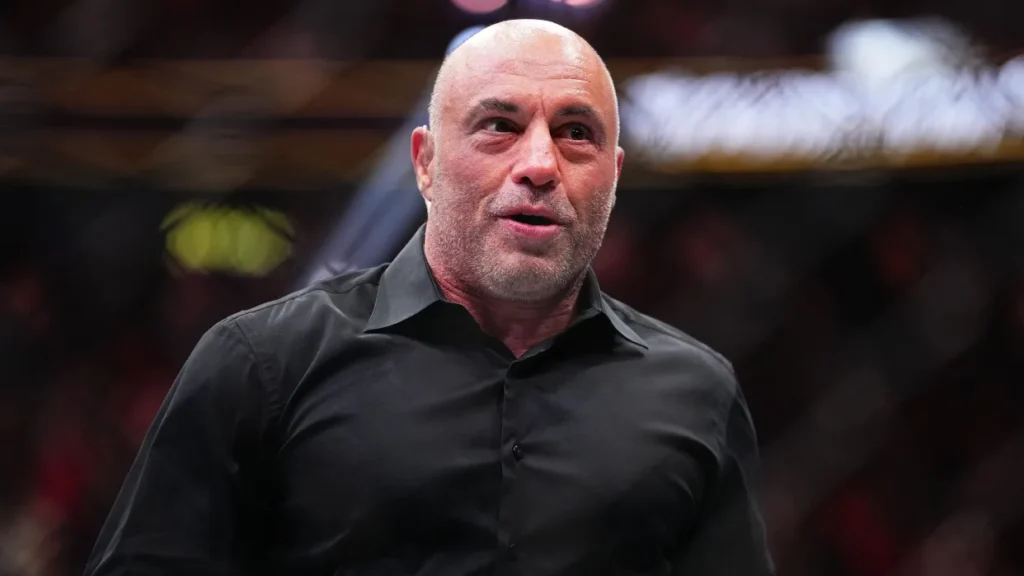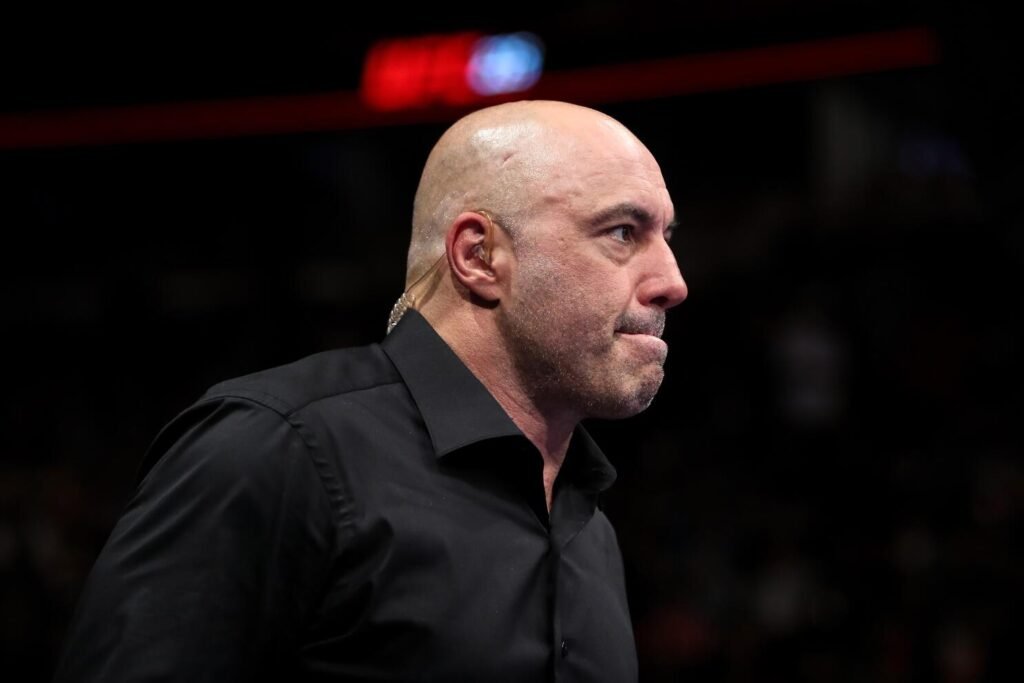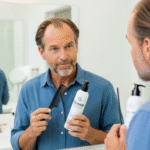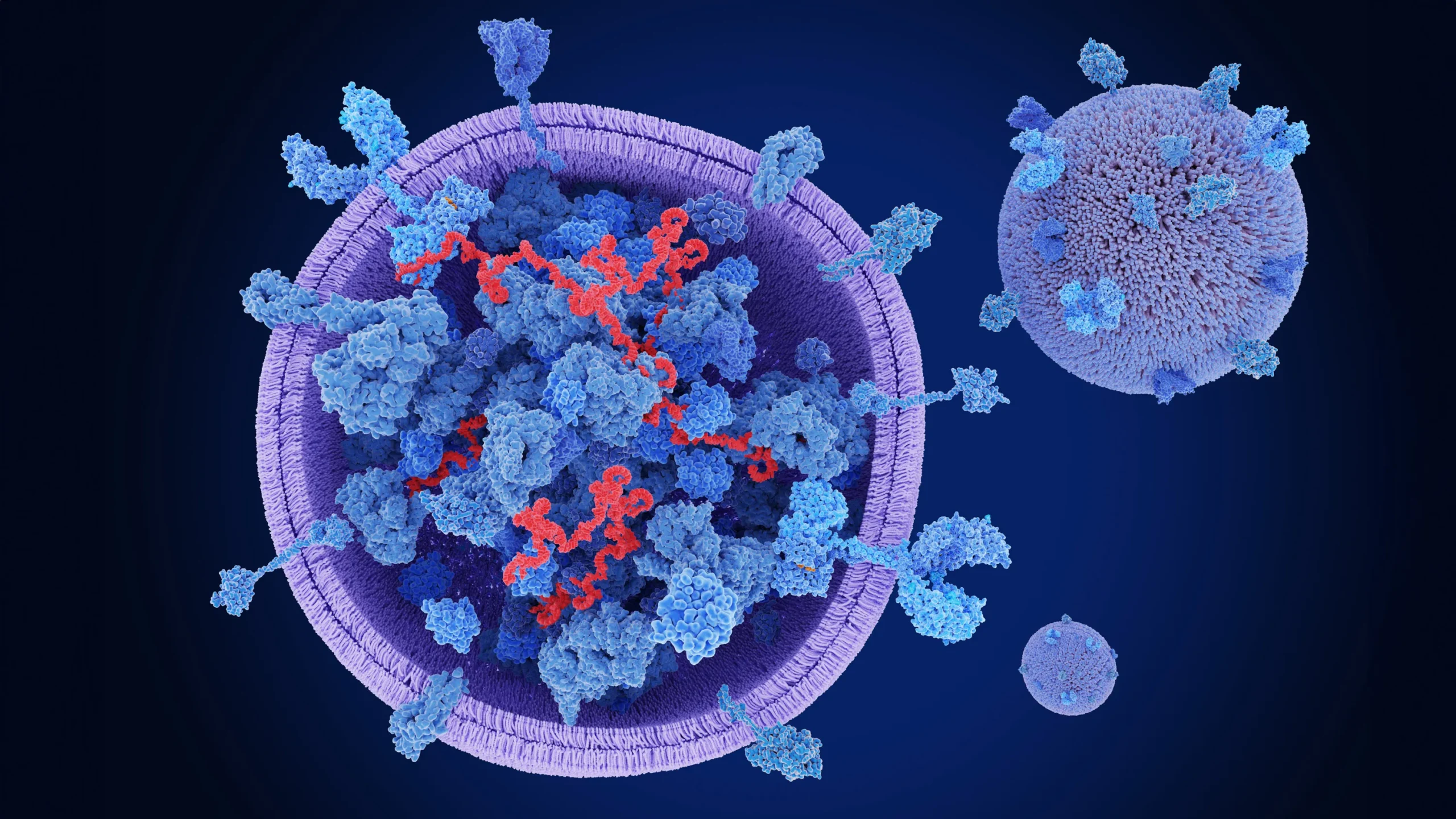Joe Rogan, a popular media figure, has been open about his struggle with hair loss. If you’ve been curious about Joe Rogan’s hair thinning and how he has managed this issue, you’re not alone. Many people wonder how celebrities deal with hair loss and what treatments they opt for. In this article, we’ll delve into …
Joe Rogan, a popular media figure, has been open about his struggle with hair loss. If you’ve been curious about Joe Rogan’s hair thinning and how he has managed this issue, you’re not alone. Many people wonder how celebrities deal with hair loss and what treatments they opt for.
In this article, we’ll delve into Joe Rogans hair loss story, the treatments he’s tried, and expert advice on managing hair loss. By the end of this post, you’ll have a better understanding of hair restoration options and how to approach your own hair loss journey.

Why Does Joe Rogan Experience Hair Loss?
Joe Rogan’s hair loss has been a topic of discussion for many of his followers. Understanding the reasons behind his thinning hair can shed light on the issue for others going through the same struggle.
- Genetics: The most common cause of hair loss, and the one Rogan seems to face, is male pattern baldness (androgenetic alopecia), which is largely hereditary. It’s important to note that genetics plays a significant role in hair thinning.
- Aging: As we age, our hair follicles naturally shrink, and hair becomes thinner. For Rogan, this is a part of his journey.
- Stress: Joe Rogan is known for his high-energy, intense career. Stress is often linked to hair thinning, particularly in people who are under continuous pressure.
- Testosterone Levels: Rogan’s lifestyle, which includes a focus on fitness and physical performance, may contribute to elevated testosterone levels, which are associated with hair thinning in some individuals.
Joe Rogans Hair Loss Treatment: What Has He Tried?
Joe Rogan has openly discussed several treatments he has tried to manage his hair loss. Let’s take a closer look at the most common options and their effectiveness.
- Hair Transplants: One of the most talked-about treatments that Joe Rogan has tried is hair transplant surgery. He’s been vocal about undergoing hair restoration procedures, including follicular unit extraction (FUE). These procedures involve extracting hair follicles from a donor area and transplanting them to areas of thinning or balding.
- Medications: While Rogan hasn’t been open about taking prescription medication like finasteride, which is commonly used to prevent hair loss, many men in his position opt for such treatments alongside other interventions.
- Platelet-Rich Plasma (PRP) Therapy: Rogan has also discussed using PRP, where the patient’s own blood is drawn, processed, and injected back into the scalp to stimulate hair growth.
Pro Tip:
If you’re considering a hair transplant, it’s important to do thorough research and consult a certified surgeon to understand the benefits and potential risks.
Hair Transplants and Joe Rogan: What You Need to Know

For many men experiencing significant hair loss, a hair transplant can offer a solution. Joe Rogan’s hair restoration journey is a great example of how a hair transplant can have a positive impact on self-esteem.
- FUE Hair Transplant: This method involves removing individual hair follicles from a donor area, usually the back of the head, and transplanting them to the areas experiencing hair thinning or balding.
- Recovery Time: Following the procedure, it’s crucial to follow a recovery plan. Rogan has emphasized that the recovery process can take time, and results may not be visible immediately. Typically, patients can expect to see visible hair growth within 6 to 12 months post-procedure.
- Why Sweating Is Bad After a Hair Transplant: Sweating after a hair transplant can disrupt the healing process by causing irritation or infection in the transplanted follicles. Avoiding heavy exercise and sweating for at least a few weeks post-surgery is crucial for a successful recovery.
How Long Should You Wait Before Exercising After a Hair Transplant?
Exercising too soon after a hair transplant can damage newly transplanted hair follicles. Here’s what you need to know:
- Week 1-2: It’s essential to avoid any strenuous activity, including exercise, to prevent sweating, which could cause infection or slow healing.
- Week 3-4: Light exercise, such as walking or gentle stretching, may be possible, but still avoid anything that causes intense sweating or pressure on the scalp.
- After 4 Weeks: You can gradually return to your normal exercise routine, but listen to your body. If you feel any discomfort or irritation in the scalp area, ease off and consult your doctor.
Recovery Timeline:
- 0-2 Weeks: No exercise, avoid sweating.
- 2-4 Weeks: Light exercises only.
- After 4 Weeks: Full return to physical activities.
Expert Tips on Recovering from Hair Loss Treatments
Recovering from hair loss treatments, especially hair transplants, requires careful attention. Here are some expert tips to ensure a smooth recovery:
- Follow Post-Procedure Instructions: Always adhere to your surgeon’s post-operative care plan, which will likely include avoiding direct sun exposure, not touching or scratching the transplanted area, and avoiding certain hair products.
- Use Gentle Hair Care Products: Once healing begins, use mild, sulfate-free shampoos and conditioners to avoid irritation.
- Stay Hydrated and Eat Well: Maintaining a healthy diet helps with hair growth. Vitamins like biotin and vitamin D are particularly beneficial for hair health.
- Patience is Key: Hair growth following a transplant can take time. Don’t get discouraged if you don’t see immediate results.
Joe Rogan’s Hair Loss and His Confidence: A Personal Journey
Joe Rogan is known for his outspoken personality, but his approach to hair loss is equally refreshing. He’s open about the fact that hair thinning affects his self-image, but he doesn’t let it define him.
- Building Confidence: Rogan’s transparency about his hair loss can help others feel more comfortable in discussing their struggles with hair thinning.
- Taking Control: By opting for treatment options and sharing his journey with the public, Rogan empowers others to seek solutions that work for them.
- Lessons in Confidence: Hair loss doesn’t have to take away your confidence. Rogan has demonstrated that it’s possible to tackle hair loss head-on, whether through treatments or self-acceptance.
FAQs
When did Joe Rogan start losing hair?
Joe Rogan has mentioned experiencing hair thinning as he aged, likely beginning in his early 30s.
Did Joe Rogan get a hair transplant?
Yes, Rogan has openly shared his experience with hair restoration procedures, including hair transplants.
What are the best hair treatments for men like Joe Rogan?
Treatments such as FUE hair transplants, PRP therapy, and medications like finasteride are common options for men experiencing hair loss.
Can you reverse hair loss at home?
While some lifestyle changes can slow hair loss (e.g., diet, reducing stress), professional treatments are generally more effective in reversing significant hair loss.
Conclusion: Joe Rogan’s Hair Loss – What We Can Learn
Joe Rogan’s journey with hair loss offers valuable lessons on self-care and confidence. His openness about the issue has inspired many to consider treatment options and embrace their unique journey with hair thinning. Whether you’re considering a hair transplant or simply seeking ways to manage hair loss, there are effective solutions available.
Book a Consultation for Hair Loss Treatment Today
If you’re struggling with hair loss and want personalized advice, book a consultation with Dr. Uzma Irfan, an ISHRS-certified surgeon in Islamabad today. Ensure a smooth and successful recovery after your hair restoration procedure.






